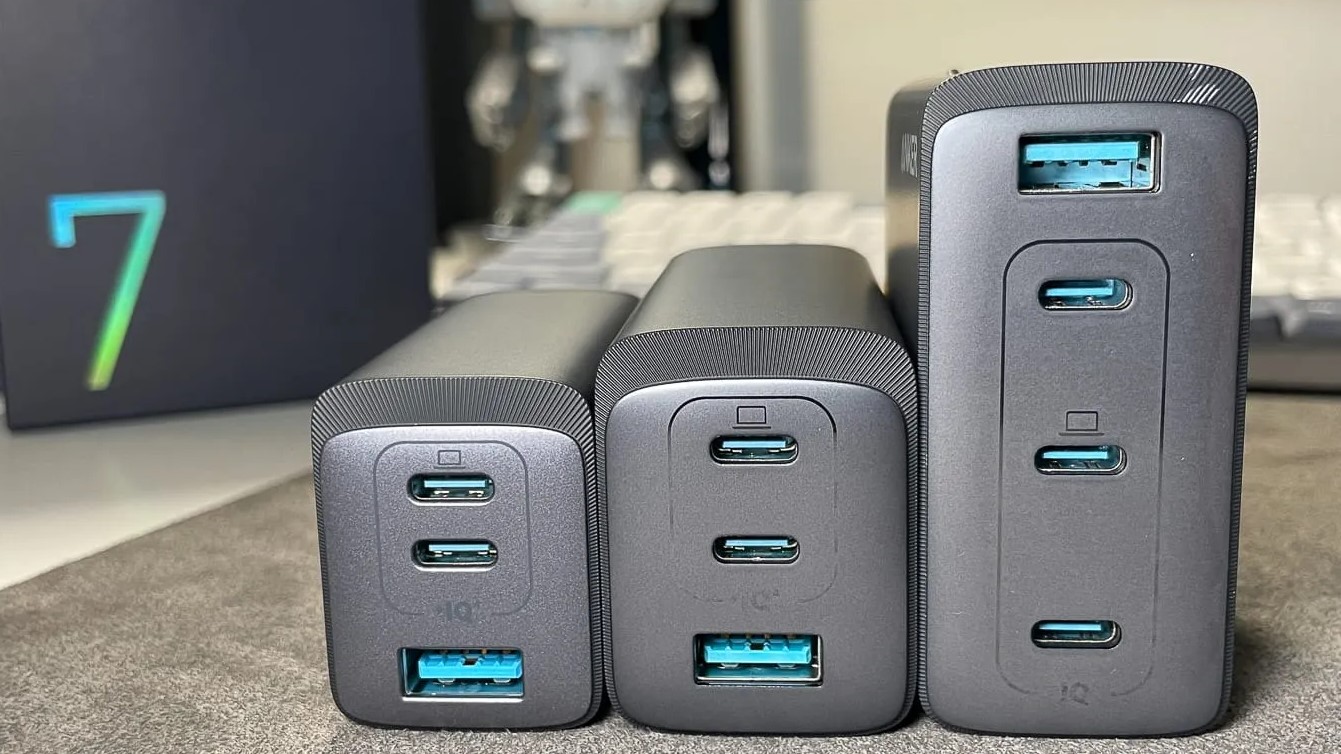Synthetic cannabinoids such as K2, Spice, etc. are marketed as legal and safe alternatives to cannabis or marijuana. However, according to data presented by the US government, the first few months of 2015 have witnessed the stern increase in the number of calls received by US poison control centers regarding users of synthetic cannabis.
According to numbers put by the CDC (Centers for Disease Control & Prevention), between January and April, monthly calls linked to adverse effects triggered by synthetic marijuana have increased by 330%. There has also been a 229% increase in the number of such calls received between January and May compared to the number of similar calls received during the same period in 2014; from 1,085, the number has risen to 3,572.

In addition, calls that reported synthetic cannabis-induced adverse reactions during the first five months of 2015 included a total of 15 deaths, which is three times higher than the number of synthetic cannabis poisoning related deaths reported during the same period in 2014.

In January 2015, a US soldier, who at that time was self-watching for Ebola, died in Texas. Later, his autopsy report revealed that the soldier died due to synthetic marijuana intoxication triggered by Spice.
The most common side effects of synthetic cannabinoids include agitation (accounts for 35.3% calls), tachycardia (29%), lethargy or drowsiness (26.3%), vomiting (16.4%) and confusion (4.2%).
http://thehoopsnews.com/2015/06/14/5886/first-man-to-undergo-penile-transplant-impregnates-girlfriend/
Out of all calls received by US poison control centers, 11.3% of 335 were linked to major adverse effects, which means patients experienced life-threatening symptoms or substantial residual disfigurement or disability. Nearly half of the callers, 47.5% to be more precise, experienced moderate effects. The effects of synthetic cannabinoid poisoning were minor in 37% callers, which means signs and symptoms experienced by them were minimally bothersome.
As mentioned above, synthetic cannabinoids can have different names; some of the most common ones used in the US are K2, Spice, Crazy Clown, and Black Mamba. All these cannabis substitutes can be purchased and sold lawfully as herbal products. These products have different psychoactive chemicals as their active ingredients. The chemicals are sprayed onto various plant materials; these treated plant materials are often ingested or smoked for achieving a “high”. The results are usually as strong as those offered by regular marijuana.



